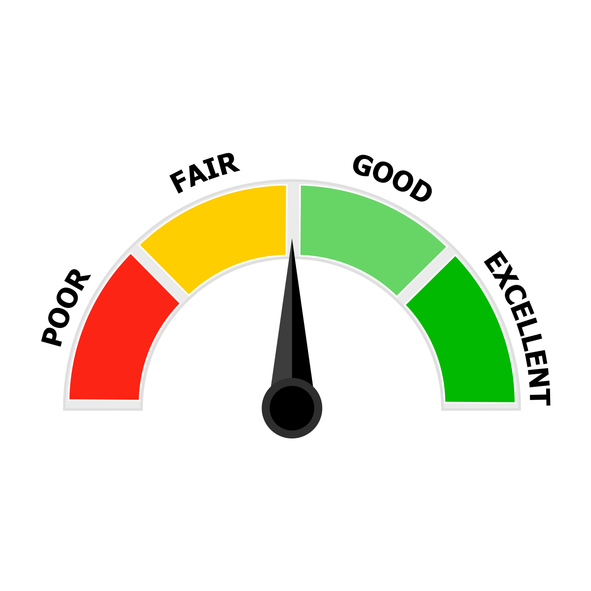A Look at the Progression of Value-Based Payment Models
For those in the value-based world, we have been on this journey for years. And we have witnessed and participated in CMS and CMMI creating and implementing various models. Undoubtedly, some have been more successful than others, and there has been an ongoing debate concerning the impact on value-based payment models. Two of the major concerns that have… Read More »









